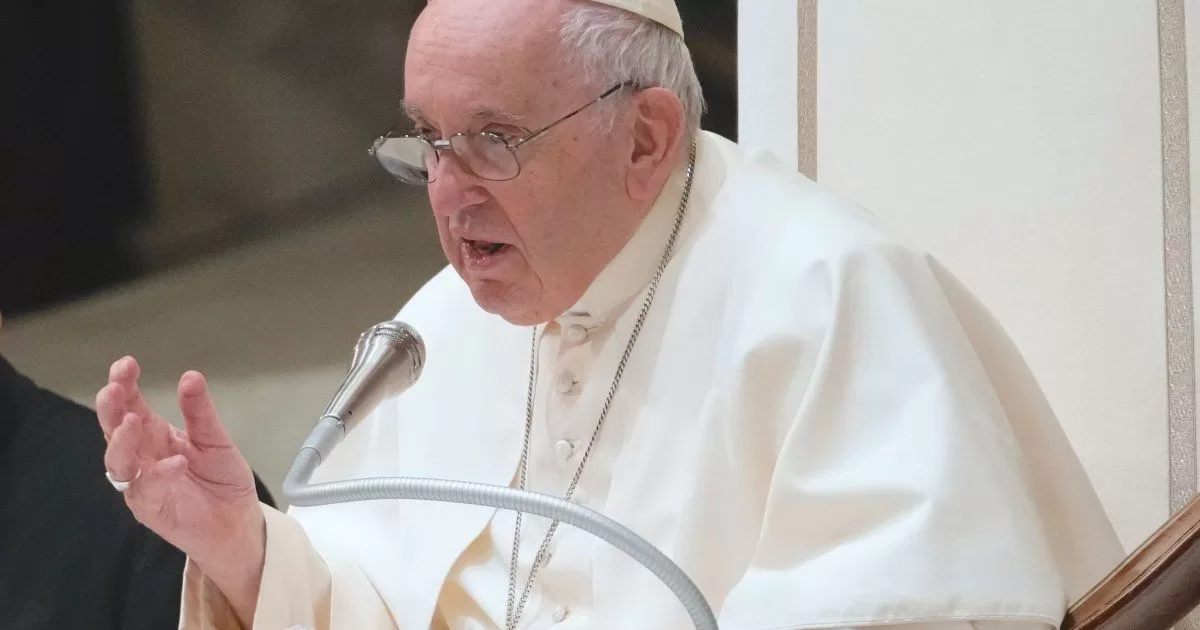The shares of the regional banks of the United States listed on Wall Street fell this Thursday, with a loss of 7.721 million dollars in combined market value in one day, this as a result of nervousness about PacWest, which confirmed that it is exploring strategic options and until a possible sale.
PacWest shares fell 50.6% to $3.17 each, that’s a loss of $383 million in market value. Since April 27, they have fallen 71.4 percent.
Western Alliance shares, meanwhile, were the second worst performer (-38.45%) at $18.2. In market capitalization, it fell 1.246 million dollars.
Other banks that lost were Comerica (-12.28%), Zions (-12.05%), Customers Bancorp (-8.72%), RBB (-7.07%), Truist Financial (-6.83%), Metropolitan Bank (-6.41%) and Keycorp (-6.30%).
On Wednesday, after the market closed, the CNBC portal published a report detailing that PacWest is exploring options, including its sale. The bank later confirmed that it is in talks with several investors and potential partners.
US federal government officials are investigating the possibility of “market manipulation” with the wild swings in bank stock prices in recent days.
“Management will closely monitor market developments, including short selling pressures on healthy banks. You have to refer to the SEC for possible action,” said Karine Jean-Pierre, White House Press Secretary.
On Thursday it was rumored that Western Alliance was evaluating its sale, but the bank denied the information and explained that its deposits have grown since the end of March.
These movements occurred less than a week after the assets of the First Republic Bank were seized and sold cheap to JP Morgan, an operation that the market did not like and caused the decline in the titles of financial institutions.
“By buying the bank, JP Morgan’s capital needs increased, so in the event of a new capital issue, the current holders of its securities will be diluted,” explained Manuel Zegbe, Senior Analyst at Signum Research.
The risks continue
Many regional banks saw massive outflows of their deposits in March, after the collapse of Silicon Valley Bank, raising questions about the stability of the local banking system in the US.
The Federal Reserve (Fed) offered a quick response to the bankruptcy of the SVB and the First Republic Bank, which calmed the volatility in the markets and brought the US financial system back to normal for more than a month.
All account holders’ deposits were immediately insured and the country’s central bank guaranteed the stability of the banking sector.
However, fears returned once First Republic Bank officially declared bankruptcy.
Although depositors are receiving protection, shareholders are losing their investments,” said US President Joe Biden.
Roberto Solano, Stock Market Analysis Manager at Monex Casa de Bolsa, explained that some banks could still have more outflows, since they present little diversification, and report losses in the valuations of their debt portfolios.
Manuel Zegbe explained that the risks associated with the withdrawal of customer deposits will depend on the investments of regional banks and their management of market risk.
Given recent events, the fear of depositors may have increased, so there may be greater outflows of deposits in regional banks,” he added.
“What has been discussed is a focus on greater regulation of risk assets against guaranteed deposits, and the adaptations that Basel III already implies,” he said. (With agency information)


